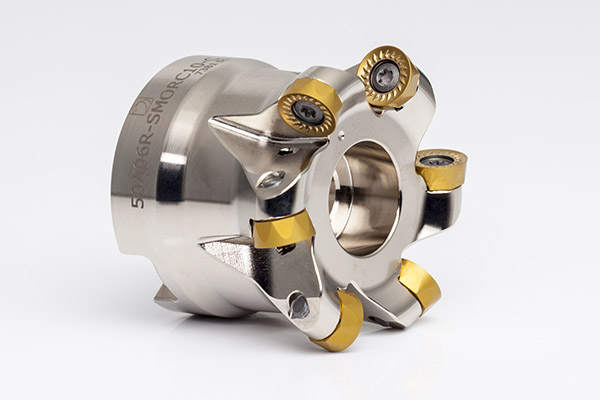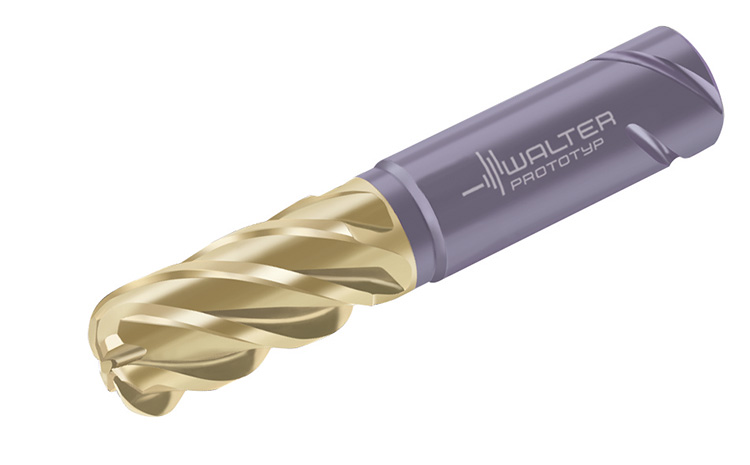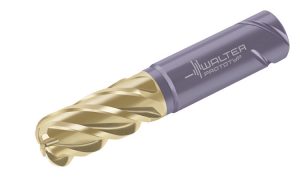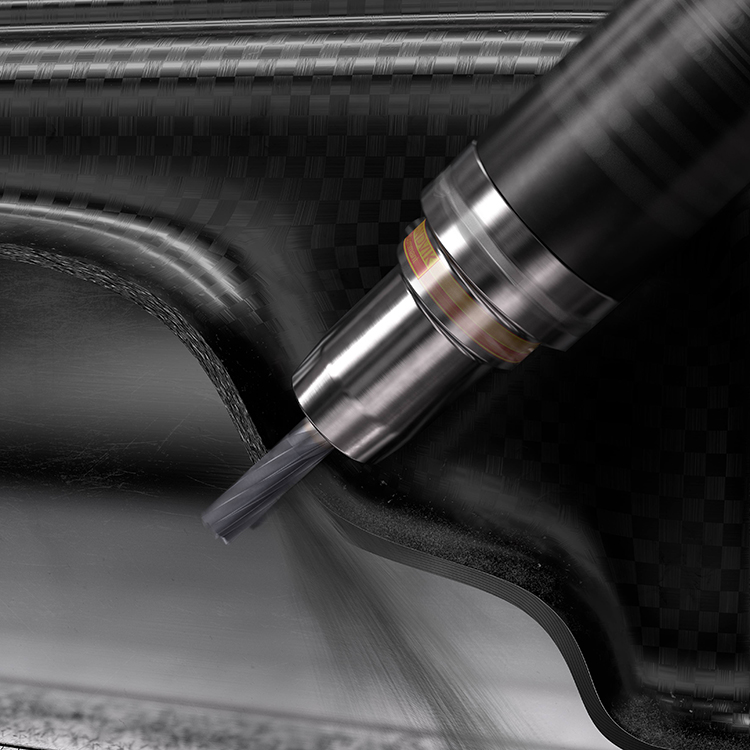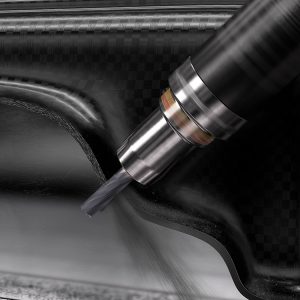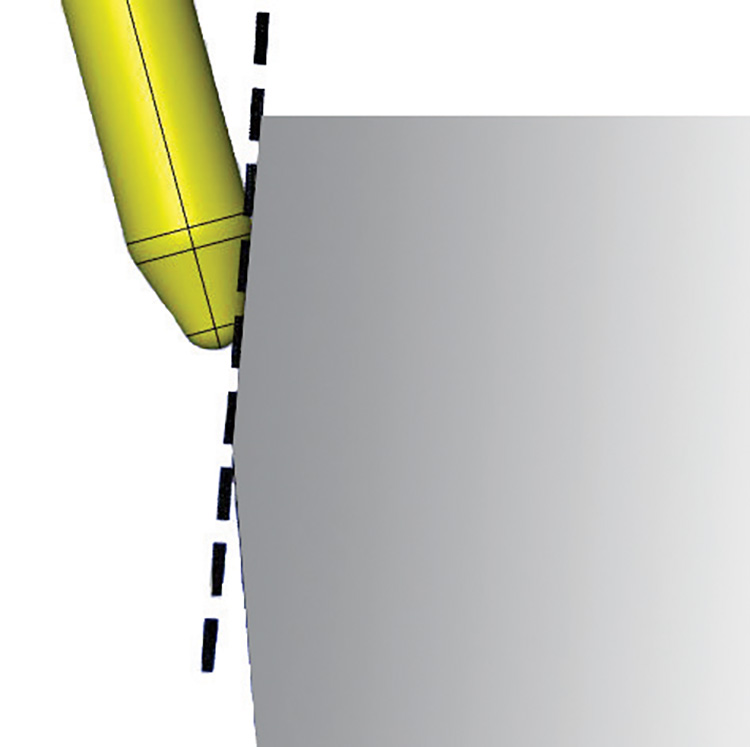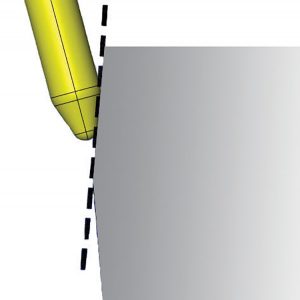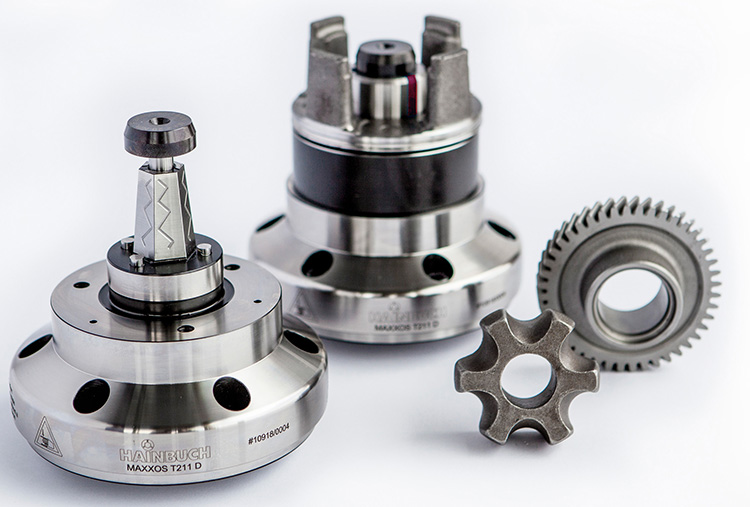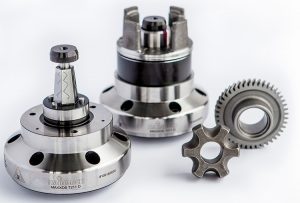Dormer Pramet has launched a new milling grade for general machining applications in a variety of common engineering materials, particularly steels. Suitable for both finishing and roughing, even in unfavourable cutting conditions, the M8330 grade is said to provide a reliable and versatile option when machining either with or without coolant, in steels and cast iron. The new grade is also suitable for stainless steel, super alloys and hardened steels.
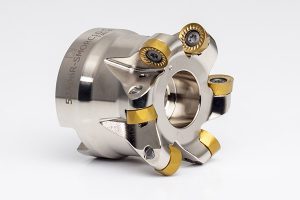
The M8330 replaces the existing 8230 grade and features a nano-layered PVD coating which is designed to offer increased resistance to thermal cracks, improved toughness and greater impact strength.
Added to more than 90 different types of existing Pramet milling inserts, M8330 is also available in a completely new range of inserts for copy milling. RCMT10 inserts offer high metal removal rates, with up to 5 mm depth of cut and strong durability. Designed to allow a high feed per tooth, RCMT10 is available in three geometries to support operations in a range of materials: geometry F is for stainless steels, super alloys and low-carbon steels; geometry M for steels and stainless steels; and geometry R for cast iron and hardened materials.
To support this addition, Dormer Pramet has expanded its current line of SRC copy-milling cutters. The SRC10 is a series of small diameter cutters available in sizes from 25 to 66 mm, and in a variety of types, including end mills, modular and shell mills. A double-negative design is deployed to provide a stable cutting action, even during roughing, making it suitable for operations such as face milling, helical interpolation, ramping, progressive plunging and high-feed cutting.
For further information www.dormerpramet.com






